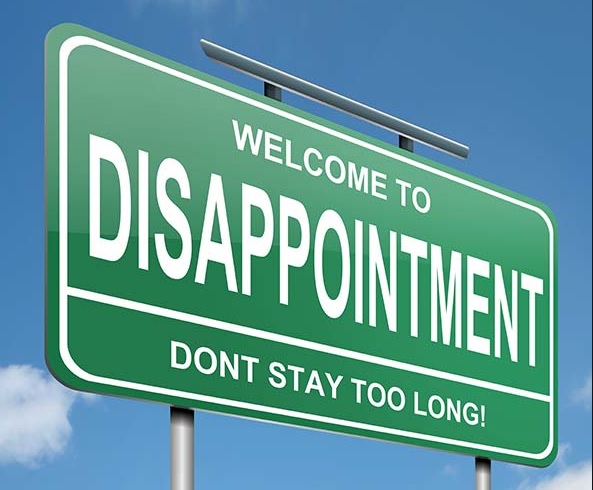All right, Now I’m Confused
The SHI – 8/17/2016
August 17, 2016The Steakhouse Index Update – 8/24/16
August 24, 2016On Monday, San Francisco Federal Reserve Bank President John Williams published a paper which said, and I quote:
“A variety of economic factors have pushed natural interest rates very low and they appear poised to stay that way.
This is the case not just for the United States but for other advanced economies as well. Figure 1 shows estimates of the inflation-adjusted natural rate for four major economies: the United States, Canada, the euro area, and the United Kingdom.
In 1990, estimates ranged from about 2½ to 3½%.
By 2007, on the eve of the global financial crisis, these had all declined to between 2 and 2½%. By 2015, all four estimates had dropped sharply, to 1½% for Canada and the United Kingdom, nearly zero for the United States, and below zero for the euro area.”
Then, only days later, on Thursday Dr. Williams, seemed to reverse course. He suggested he might support a FED interest rate hike in coming months. Huh? What? Now I’m confused.
(Here’s the link to his essay, if you’re interested: http://www.frbsf.org/economic-research/publications/economic-letter/2016/august/monetary-policy-and-low-r-star-natural-rate-of-interest/)
Why You Should Care: The things these folks say move markets. For example, after Williams comments on Thursday, Friday brought value declines to REITs and utility stocks. Two REITs that I own – “O” and “NNN” – experienced between 1% and 1.5% losses. If more FED Bank presidents jump on this bandwagon, ‘interest rate sensitive’ financial instruments may be adversely affected. It’s important to monitor comments from the ‘talking heads.’
Taking Action: Why is Williams making these comments now? Just days after publishing a paper with a seemingly opposite conclusion? One of two reasons: First, he’s changed his mind. Or, second, politics.
If the first is true, something fundamental and very important may have just changed in his beliefs. If the latter is true, he may have been chastised – probably on Monday afternoon – by his compatriots for setting firm market expectation for zero interest rates and he decided it was wise to throw in a dose of “future interest rate uncertainty” into his public comments.
Which is true? You decide for yourself.
But if its the latter, which I suspect it is, his comments on Thursday are just a smoke screen, the result of peer pressure and a desire to keep markets a bit on their toes.
Don’t believe the hype. Stay the course.
The BLOG:
On Thursday Williams told reporters that despite his earlier comments, today’s monetary policy must be set based on current goals, including full employment and a target of 2-percent inflation. OK … I would agree. Somewhat.
Then he suggested the Fed has met the first goal (agreed) … and is nearing the second. What? I don’t know what he’s looking at, but nothing could be further from the truth.
Look, on Monday he published this graph:
… which suggests the ‘natural’ rate of interest in the US is fast approaching zero. Which is what he said in his paper: “By 2015, (the estimated inflation adjusted natural rate of interest had dropped to) nearly zero for the United States.”
So, on Monday he feels zero is where US interest rates should settle in. 3 days later, on Thursday … not so much. Really?
And inflation? His suggestion that the US is “nearing the 2% inflation target?” Not even close. Let’s take a look at the facts:
Here’s the data. Provided by the BEA…and charted by the St. Louis FED. I’ve added the red lines to clearly show the range between zero and 2%. As of July, the PCE (inflation) is hovering around 0.9% – no where near the 2% target. Nor is it trending in that direction.
So what’s he looking at? The answer. Nothing. His comments to reporters on Thursday are all hype … worth of an Emmy.
He actually admitted it: On Thursday he also told reporters that uncertainty about exactly when the Fed will raise rates was acceptable.
Precisely.
The role of the FED is often called the “dual mandate:” To foster maximum employment while stabilizing prices. The “how” is a more complex. One tool is interest rates.
In times of great economic turbulence and uncertainty, they inject calm and predictability into the marketplace. But when the opposite occurs, when the markets believe the FEDs behavior is too predictable, they strive to inject just a bit of uncertainty…just a bit of the unknown.
In my opinion, that is what Dr. Williams did on Thursday.
- Terry Liebman





